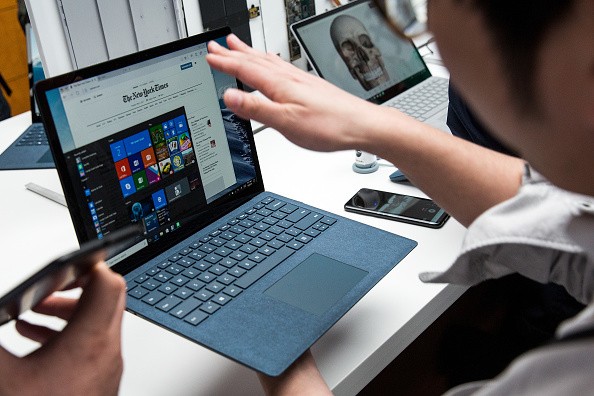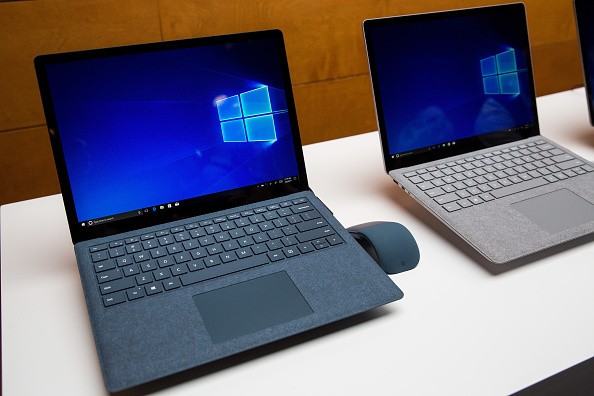Windows 11 is Microsoft's latest computer software. Compared to Windows 10, it offers more advanced features and other functionalities that would make your desktop experience better and smoother.

Since this is a new PC system, most of its capabilities have different mechanisms, which would usually confuse many consumers. One of these is the Virtual Desktop of Windows 11.
Thanks to this new feature, you can separate Work documents from online games and other beneficial capabilities. You can also use it to group apps according to how you use them, allowing consumers to manage them easier.
If you just updated to Windows 11 and didn't know how to use the new Virtual Desktop feature, here are the simple steps you need to follow so that you can create, rename, view, and change the feature's background.
How To Manage Windows 11 Virtual Desktop
PC Mag provided some simple tips on how you could easily manage your Windows 11 Virtual Desktop.
Creating New Virtual Desktops
The first thing you need to do is use the keyboard shortcut "Windows + Ctrl + D" or simply click the "New Desktop" option. After that, an empty desktop version would appear on your screen.
Viewing Your Virtual Desktops
If you want to create more than one Virtual Desktop, you can view the other tabs by using the keyboard shortcut "Windows + Tab."

Also Read : Microsoft Files 'Administrative Protest' After Amazon Gets $10 Billion Cloud Computing JEDI Contract
Renaming Your Virtual Desktops
On the other hand, you could also input different names in each Windows 11 Virtual Desktop. To do this, you must click their default names; these are usually patterned as Desktop 1, Desktop 2, so on and so forth. In the small preview image, you can enter the new name you prefer.
Putting Virtual Desktops In Order
Organizing them according to your preferred order or pattern is quite an easy thing to do. If you want to cycle between each of them, all you have to do is use the keyboard shortcut "Windows + Ctrl + Left/Right Arrow." On the other hand, you could also use "Alt + Shift Left/Right Arrow" to move them accordingly.
Changing Virtual Desktops Backgrounds
Microsoft's Windows 11 allows you to add a custom background to each Virtual Desktop. To do this, you must right-click on the desktop and choose the "Background" option. After that, you can now open the Backgrounds menu. You could either choose from the offered default backgrounds or choose from your saved photos.
Windows 11's Upgrade Requirements
If you are still using Windows 10 and wants to upgrade to Windows 11, Microsoft's official blog post provided all the requirements you need to have before you can change your system:
- Memory (4 GB RAM)
- Processor (1 gigahertz "GHz" or faster with 2 or more cores on a compatible 64-bit processor or System on a Chip)
- Storage (64 GB or larger storage device)
- System firmware (UEFI, Secure Boot capable)
- Graphics card (DirectX 12 compatible graphics / WDDM 2.x)
- Display (>9" with HD Resolution 720p)
For more news updates about Windows 11 and other new software of Microsoft, always keep your tabs open here at TechTimes.
Related Article : Windows 11 Beta: Microsoft Rolls Out Windows App Updates - Which Apps are Included?
This article is owned by TechTimes
Written by: Griffin Davis




